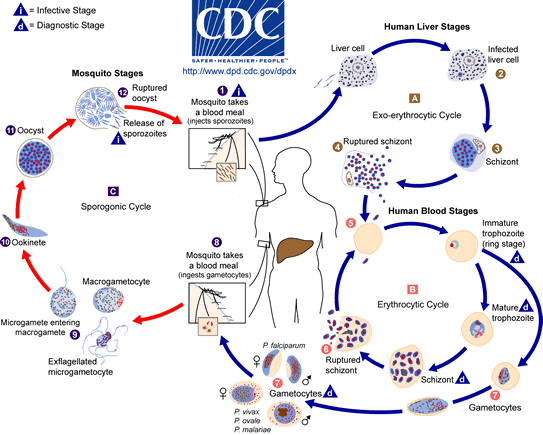QUESTION
Can malaria make you lose weight? Can malaria cause itching in the body.
ANSWER
Since malaria is often associated with extreme nausea and high fever, this can often cause people to lose their appetite and not eat properly while they are experiencing infection, leading to weight loss.
However malaria is usually quite an acute infection, lasting a few days to at most a few weeks (there are exceptions, whereby patients have been observed to be chronically infected for much longer periods of time, though they rarely experience frequent symptoms during these longer periods and as such would not be expected to lose weight), and so the period of time in which weight loss would occur is very short. Itching is not a symptoms commonly associated with malaria, though muscle aches and pains are common.
